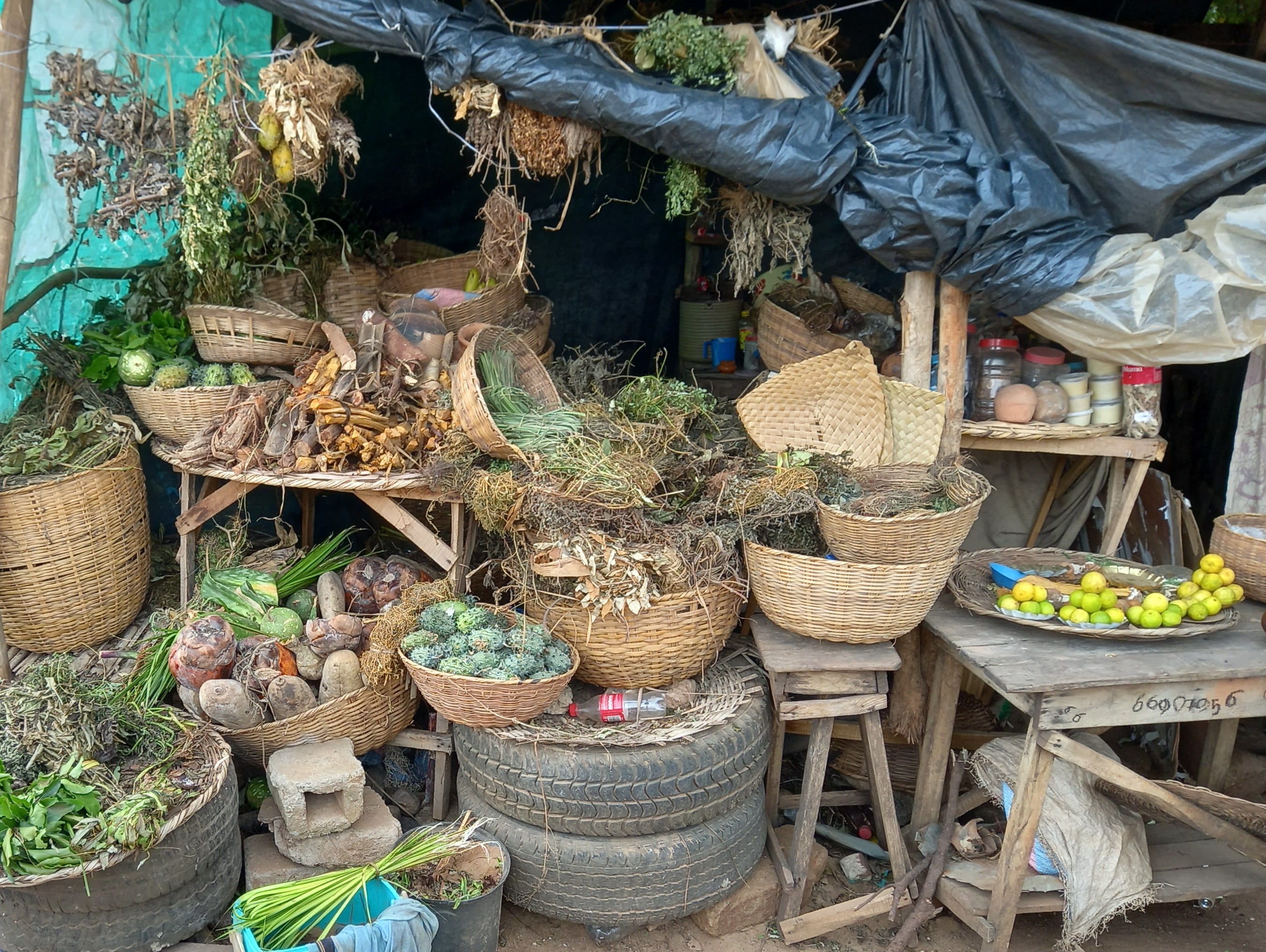Ethnoveterinary medicine at the crossroads of scientific research: review of current knowledge and perspective
DOI:
https://doi.org/10.19182/remvt.36762Keywords
indigenous peoples’ knowledge, pastoralists, animal health, phytotherapy, veterinary medicineAbstract
With the advent of modern veterinary medicine, traditional veterinary practices have been given secondary importance in the management of livestock health. However, modern veterinary medicine has not been able to address all the health problems of livestock farms, especially in rural areas where access to veterinary drugs and services is a problem. Added to this is the low purchasing power of livestock farmers. They are bound to resort to traditional practices and knowledge to treat their animals. Ethnoveterinary medicine has played a major role in livestock farm management from domestication to the present. The authors review the evolution of ethnoveterinary practices then examine the contribution of scientific research to the knowledge and improvement of traditional veterinary medicine. The reasons that explain the current enthusiasm for traditional veterinary practices are discussed. Measures are proposed in the form of perspectives to sustain ethnoveterinary medicine. The main objective is to work for the availability of medicinal plants and other natural resources used in ethnoveterinary practices, as well as to prove scientifically the efficacy of these plants and transmit the most relevant information to livestock farmers. The integration of traditional practices and knowledge into modern veterinary medicine appears to be a promising alternative for better livestock health management. The conditions for this integration are discussed. Scientific research still has a major role to play in verifying the efficacy of ethnoveterinary treatments.
Downloads

Downloads
-
Abstract1480
-
pdf (Français)1535
Published
How to Cite
License
© E.Tchetan et al., hosted by CIRAD 2021

This work is licensed under a Creative Commons Attribution 4.0 International License.





